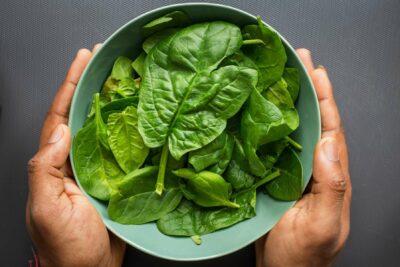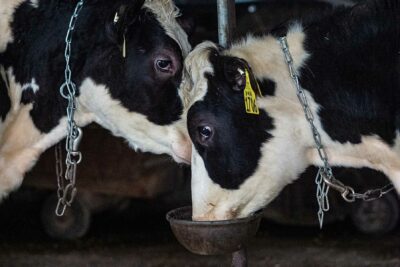Iron is an essential nutrient for a healthy life and deficiency can lead to fatigue, shortness of breath, dizziness, and more. Luckily, we can get all the iron we need on a plant-based vegan diet, in fact, despite persistent myths, vegans are no more likely to develop deficiency than any people on any other diet.
Why Do You Need Iron?
Iron contributes to healthy blood and ensures it can efficiently carry oxygen around the body. It’s also key for well-balanced hormones, healthy skin, teeth, and hair. Deficiency can lead to serious physical and mental health issues.
Sounds scary right? Well iron deficiency is definitely no joke, but with some simple dietary considerations, we can all get plenty.
Blood Production Health
Iron is the building block of hemoglobin, the substance that allows our blood to carry oxygen properly. Without this, our organs and muscles don’t get enough oxygen, leading to fatigue, dizziness, lack of focus, muscle pain, and more.
Physical Health
Iron deficiency is likely to cause physical issues as it is a key component of muscle, skin, hair, and teeth health.
Mental Health
As iron contributes to hormone production, a deficiency can lead to hormone imbalances, which can cause mental health difficulties. Mental health is complex, so if you are experiencing mental health challenges, a blood test can rule out any hormone imbalances caused by dietary deficiencies, or from other causes.
Do Vegans Get Iron Deficiency?
Many people think that going vegan is a one-way ticket to iron deficiency. Certainly it is something vegans need to consider, but no more than anyone else. In fact, a poor diet is a much more likely cause of iron deficiency, and a well-balanced vegan diet is optimal for great health.
Signs of Iron Deficiency
The most common signs of iron deficiency are fatigue and dizziness. Other signs include yellow or pale skin, headaches, shortness of breath, cold hands or feet, and chest pain.
These are symptoms everybody should be looking out for and if you experience them, it might be time for a blood test to check your iron levels. It could be that a simple dietary change is the answer.
What Is the Recommended Daily Iron Intake?
Generally, daily intake of iron for most people should be between 8mg and 18mg. People who menstruate tend to require slightly more iron, so should aim for the higher end of this, and particularly during pregnancy.
How Do Vegans Increase Iron Levels?
Simply by eating iron-rich foods as part of a balanced diet. The most useful tip for ensuring vegans get enough iron is to pair iron-rich foods with foods rich in vitamin C. This is because vitamin C helps us to absorb iron.
Food
Healthy, natural food is always the first place to look for essential nutrients like iron. Keep reading for a long list of plant-based, whole foods that are rich in iron.
Supplements
Supplements are a helpful way of increasing iron quickly. Too much iron can be toxic however, so always make sure you know your iron levels before taking a regular supplement.
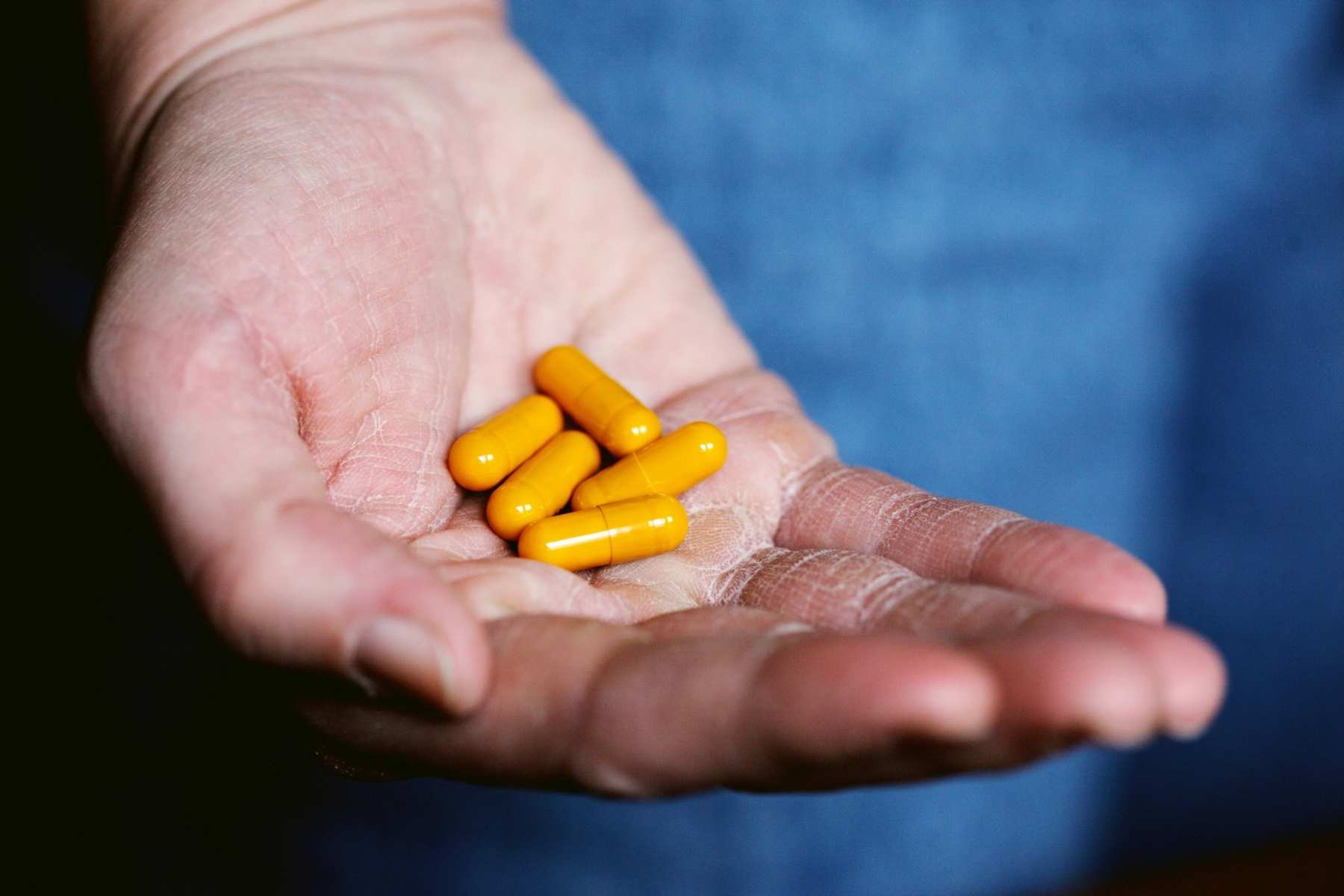
What Are the Vegan Iron Sources?
Luckily, the list of plant-based sources of iron is long, healthy, and delicious!
1. Leafy Greens
Leafy greens are leaders of the game when it comes to health, particularly spinach. One cup of spinach provides 6.4 milligrams of iron, almost a day’s worth for some people. Add spinach to soups, stir frys, smoothies, and salads as an easy way of increasing iron intake.
2. Tofu and Tempeh
Soy products like tempeh and tofu are fantastic elements of a vegan diet and can provide between four and six milligrams of iron per half a cup.
3. Seeds
Pumpkin, sunflower, flax, and hemp seeds are all great sources of iron. Just two tablespoons sprinkled on top of breakfast can provide up to 25 percent of our recommended daily iron intake.
4. Beans
Beans are rich in iron, along with a long list of other essential nutrients. Look out for soy, garbanzo, lima, red kidney, and navy beans for maximum iron intake!
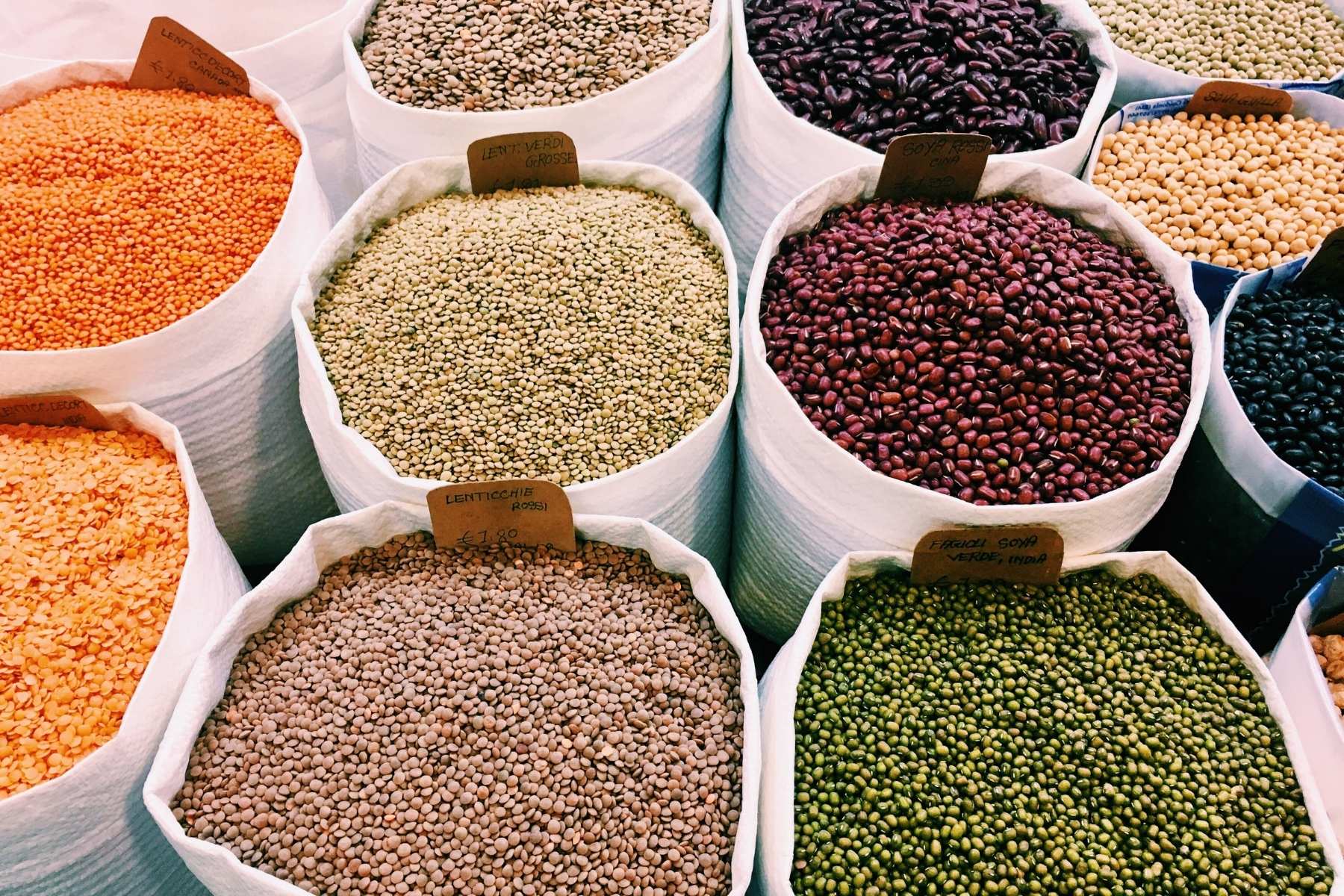
5. Wholewheat Pasta
Unlike its white, processed counterpart, wholewheat pasta is rich in whole grains, which generally have a much higher iron content!
6. Quinoa
Ancient grains like quinoa, as well as amaranth, spelt, and oats, all have high iron contents. One cup can provide between 15 and 30 percent of our daily iron intake.
7. Sun Dried Tomatoes
One of the most delicious ways we can increase iron intake, sun dried tomatoes can provide up to 14 percent of our recommended daily intake per half cup.
8. Tahini
Tahini, derived from sesame seeds, is the magic ingredient in hummus and its pairing with chickpeas, makes this delicious Middle Eastern dip a healthy iron hit!
9. Potatoes
Potatoes are not always seen as healthy, especially when fried. But potatoes, particularly their skins, are rich in iron. Try them boiled, roasted, or mashed, leaving the skins on for maximum iron intake. A top tip here is to mix potatoes and sweet potatoes for that magic iron and vitamin C combination.
10. Nuts
Cashews, almonds, pine nuts, and macadamia nuts are all great sources of iron. For easy intake look out for delicious nut butters containing these nuts.
11. Lentils
Lentils are a vegan powerhouse. Alongside the ridiculously long list of beneficial nutrients, they can provide around 35 percent of our daily intake of iron in one cup!
How To Maximize Iron Absorption
Our bodies can sometimes struggle with absorbing iron effectively. Here’s a few things we can do to make sure that doesn’t happen.
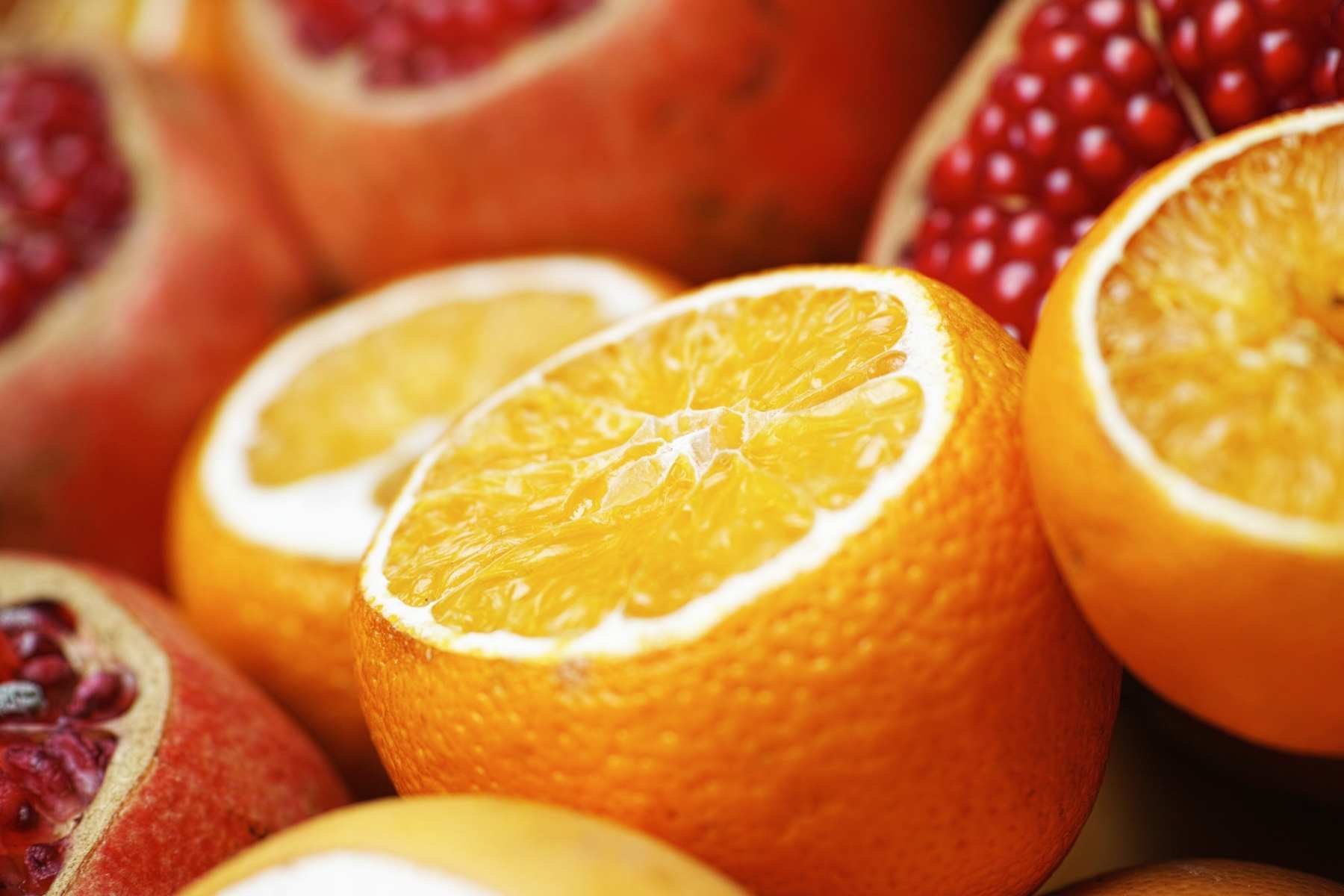
Pair Non-heme Iron With Vitamin C
This is key. Vitamin C facilitates effective iron absorption, particularly from plant sources, so pairing iron-rich and vitamin C-rich foods is the best thing we can do to guarantee we’re getting enough.
Luckily, the vegan diet is generally higher in vitamin C than any other.
Pick Plants Wisely
Some plants are true superfoods and contain most of the essential nutrients we need. By choosing wisely, we can maximize the goodness we get from eating them!
Spinach and kale for example, contain both iron and vitamin C, along with a long list of essential nutrients and antioxidants. It doesn’t get any more healthy and efficient than this!
Cook Strategically
Thinking about how and when we cook is key for getting enough iron. If we cook a meal that is rich in both iron and vitamin C, why not cook extra and save some for lunch? That way, you can guarantee your iron intake for the following day, too!
Let the Body Adapt
Dietary changes can take time to take effect. If you are experiencing symptoms of iron deficiency and have changed your diet to fix this, give it time. So often, people give up on positive changes because they seem not to work straight away. Our bodies are amazing, but we need to give them time to work their magic!
Conclusion
Iron deficiency is no joke and we should all be on the lookout for its symptoms. But we should be clear: there is no credible evidence to show that going vegan will increase your risk. In fact, a well-planned vegan diet that includes plenty of iron and vitamin C rich foods is more than sufficient.
This list is a great place to start if you want to go vegan and increase your iron intake but for more information, including recipe ideas, tips and support, sign up for a vegan challenge.
